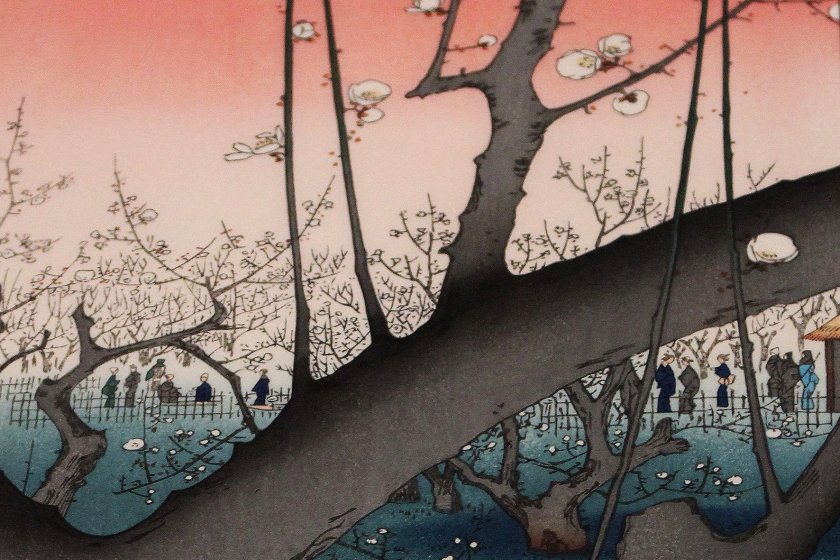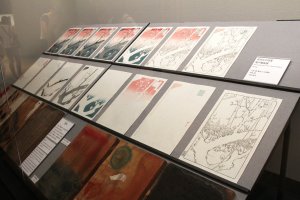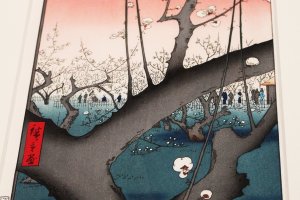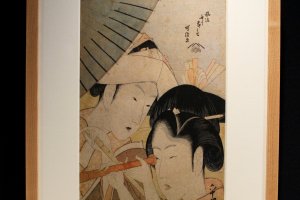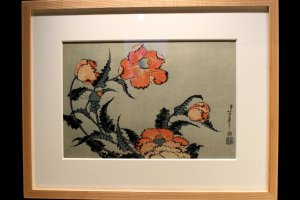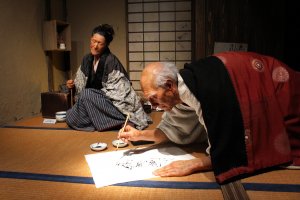Ukiyo-e (literally 'flloating world') is a trend in the visual arts of Japan that developed during the Edo period (1603-1868).
The founder of ukiyo-e
The founder of the ukiyo-e style is considered to be Hishikawa Moronobu (1618-1694), who founded the school of Hishikawa. His works are distinguished by grace and striking precision of lines. Hishikawa was an artist whose influence in the visual arts of Japan lasted until the end of the 19th century. Around 150 albums created by his hand, in which he uses the traditional monochrome engraving technique.
The Hishikawa Moronobu Memorial Museum is located in Chiba Prefecture, between Hota and Awa-Katsuyama stations.
Developing the tradition
Hokusai Katsushika (1760-1849), who lived and worked a century later than Hishikawa Moronobu, became a particularly famous master. How did he differ from the others? The artist refused to follow the tastes of the time and the usual images in the ukiyo-e genre and began to develop his own style using the techniques of Japanese schools of painting and a 'European' perspective. In 1800, at the age of 41, the artist began to call himself Gakejin Hokusai, which means 'Hokusai obsessed with painting'.
The Hokusai Museum, focusing on the life and works of Hokusai, is located in Tokyo's Sumida district.
Initially, the engravings were black and white, and ink was then used to colour them. From the beginning of the 18th century, works were painted by brush before Suzuki Harunobu, in the same century, introduced the technique of multi-color printing.
Creating ukiyo-e
All stages of creating an ukiyo-e print can be seen at the Edo-Tokyo Museum but the process is as follows:
1. The artist drew a prototype of the engraving in ink on thin paper,
2. The carver glued the drawing face-down onto a wooden board and cut out areas from it where the paper remained white. The first printed form was obtained, but the drawing was destroyed.
3. Then several black-and-white prints were made, on which the artist designated the intended colors.
4. The carver produced the required number (sometimes more than 30) of printing plates, each of which corresponded to a single color or tone.
5. The printer, after having discussed the color scheme with the artist, applied paint (of vegetable or mineral origin) to the resulting set of forms, and manually printed an engraving on wet rice paper.
Affordable art
Ukiyo-e prints were affordable because they could be mass-produced. They were intended mainly for urban residents who could not afford to spend money on paintings. Ukiyo-e's paintings depicted maiko, sumo wrestlers and popular kabuki theater actors. Later, landscape engravings became popular.
